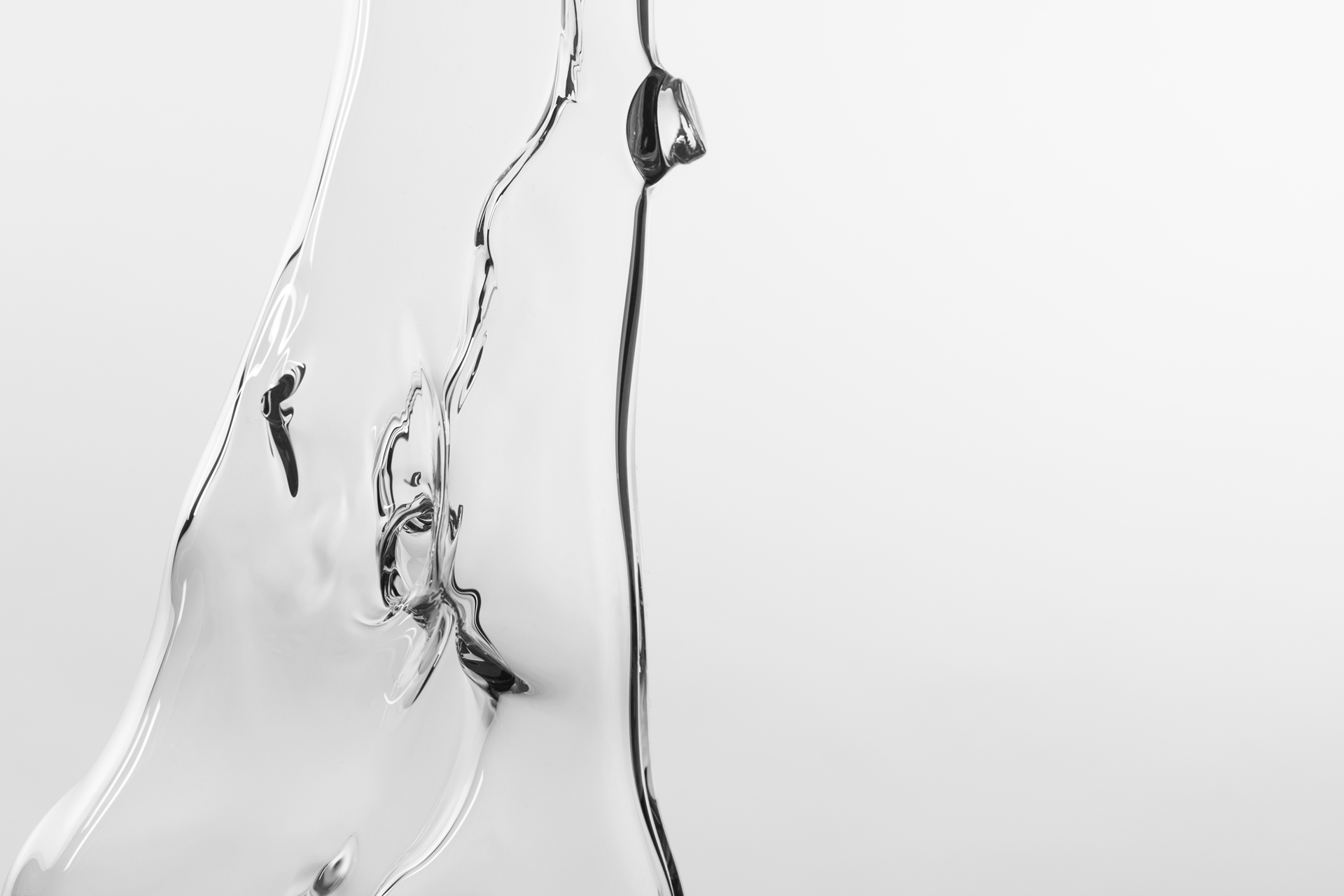
Glass Defines Us
How?
Yes, it sounds absurd, but glass defines us. How?
This material with a mysterious and unique identity has always fascinated human beings. Its development and use has modified our own evolution in ways we can’t even imagine.
The Middle Ages are often considered a period of little relevance to the development of glass, but what is not considered is how its philosophical value has changed through the marvelous and majestic Gothic cathedrals. The stained glass windows with their sparkling colors became a physical medium that acted as a link between God, the light that passed through them and the faithful. Thanks to the importance that this metaphysical essence had, numerous studies were carried out on it and glass, the material par excellence carrier of light, assumed considerable importance.
But it is the windows in buildings, these simple lenses on the world, that have led to many changes: not only thanks to them we have the possibility to work for many more hours, but we can also speak of a change that takes place at a deeper level. Windows, mirrors, or lenses tend to concentrate and delimit thought, constraining vision and encouraging attention to the details of “what’s outside” of nature, thus creating a feeling of curiosity.
It is difficult to attest to what amount and depth this happens, but it can be assumed that windows altered the relationships between human beings, the world around them, and beyond. Attention shifted to the eye, thus giving greater weight to the individual and leading to the growth of self-confidence, fundamental characteristics of the great Renaissance.
In fact, it is in this period that there is a revolution and everything focuses on perspective and on the world seen with increasingly realistic eyes. As if the whole world was finally seen without the veil through which it was represented. Clarity, sharpness and details are present in the new paintings, and this change must be credited to the glass.
In this period the mirror is also of fundamental importance: it is assumed that it allowed the discovery of perspective made by Brunelleschi!
In short, glass was used for every kind of representation, it was considered the artist’s third eye. Just think that without the mirror the greatest portraits of all time could never have existed. Think of the masterpieces of Rembrandt, Dürer or Caravaggio, investigators of the human soul in its profound complexity.
In short, glass has come to play a fundamental role in our society, it surrounds us and has become the icon of our age. It excites us, it attracts people as no other material can do and it is everywhere: smartphones, Ipads, computers, TVs, cars up to our own homes. These are just some of the things that probably wouldn’t exist as we know them today without this incredible material: it accompanies us in our social evolution, transforming itself at will and becoming more and more indispensable, defining our identity and our history.
Incredibly modern and timeless, rich in history but still extremely current.
References for the photos: https://www.cmog.org/
